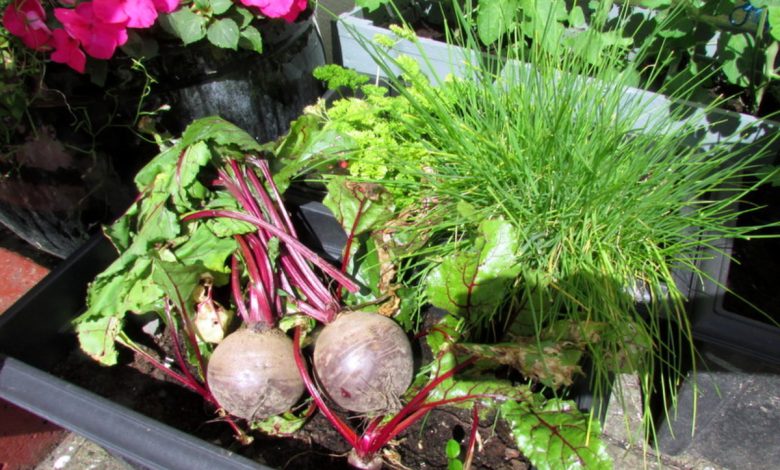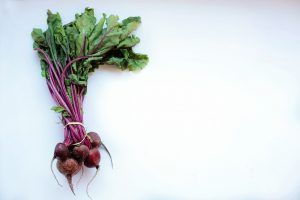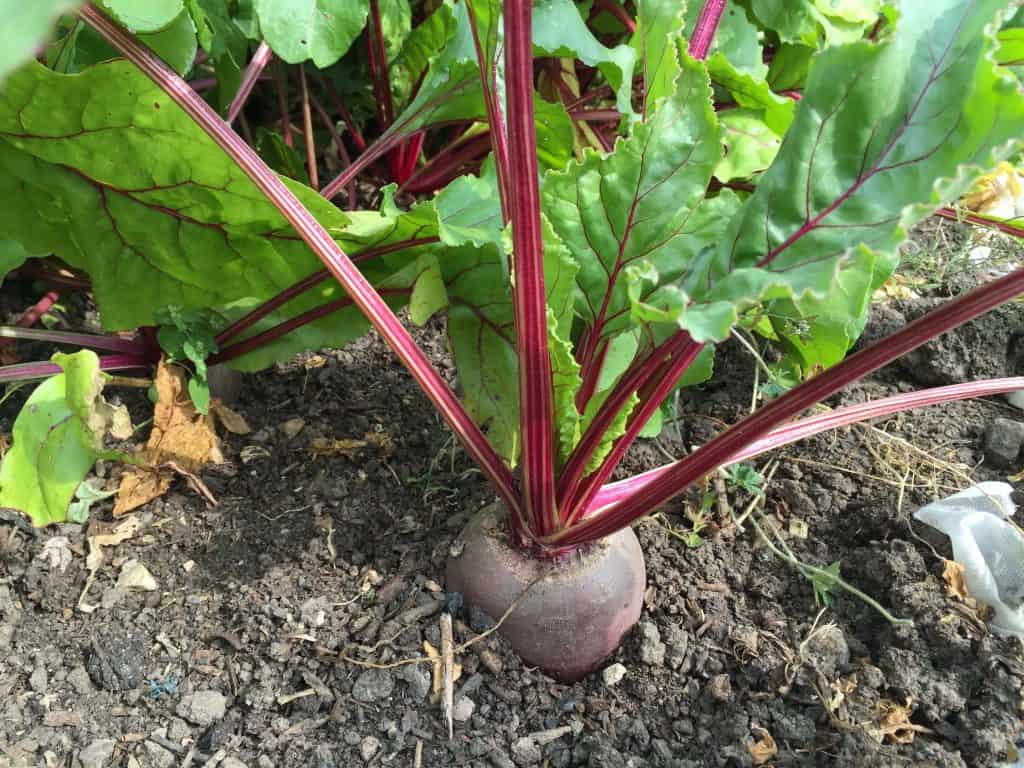How to Plant Beetroot in Your Garden: Complete Step-by-Step Guide

Beetroot (also known as betabel, betarraga, beterraga, beetroot, white chard, beterrada, beteraba and betarava) belongs to the quenopodeaceae family and its scientific name is Beta bulgaris.
Did you know…There are more than 1,400 species of this plant.

It stands out for being a vegetable with many nutritional and medicinal properties.
Planting beets is easy and can be done almost all year round. Its harvest time isapproximately three months.
If you want to enjoy beets or beets all the time in your home, do not hesitate to review this complete guide that we bring you about it.
Go for it!
Important Points when Sowing Beetroot or Betabel:
- When? Beet can be grown throughout the year, however the best time is when the weather is mild.
- Where? a soil that is not clayey, sandy or very dry. A semi sunny or sunny terrain.
- Harvest time? Approximately three months from sowing.
- How do we prepare the land? We will look for an alkaline pH (between 6 and 7). The soil is very loose (so that it drains) and without weeds.
- How do we pay? We can pay with organic matter, compost or earthworm humus.
- How do we water? They love moist soils, not muddy. They do not tolerate waterlogged soil. Ideal drip irrigation.
- How do we harvest? When the bulb protrudes slightly, the beet is ready to harvest.
- Favorable associations? Garlic, escarole, onions, spinach, cabbage, lettuce and celery.
- Unfavorable associations? Peas, beans and everything that falls within the group of legumes.
- Plagues and diseases? Fly, mildew, aphid, sylph.
When is beet or betabel planted?
Beet has facilities forgrow throughout the year.
However, the best time is when the weather is mild.
One of the basic considerations is that this plant has different species, as you already mentioned, and each one can behave differently with respect to the climate.
Thus we find versions that are capable of withstanding winter frost, while others can not withstand the excessive heat of summer.
The most common is that the environment is in a range that goes from 10 to 24º C.
Where do we want to grow beets?
 To plant beets should be selecteda soil that is not clayey, sandy or very dry.
To plant beets should be selecteda soil that is not clayey, sandy or very dry.
It should be ensured that it does not have weeds, stones, remains of previous crops and all that type of residue that can damage our crop.
You also have to make sure it has good drainage.
To enhance their livelihoods, it is best to remove the soil and spread a good fertilizer to fertilize it and thus achieve better results.
Being a root, it needs many nutrients, preferably focusing on potassium and phosphorus.
The pH should not be alkaline (between 6 and 7) and it should have good depth.
light needs
It can be a sunny or semi-shaded terrain, in any case the two suit you very well.
Beet planting requires 6 to 8 hours of direct light, as this will make them grow large and very sweet.
Therefore, if they are in an area where sunlight hits them in one part of the day and shade in the next, there will be no problem.
Did you know…Beet is very important in the sugar industry. This started due to the Napoleonic Wars, due to the fact that the United Kingdom controlled the production of cane sugar.
How do we prepare the sowing?
The glomeruli are the ones that contain the seeds of the beet, which should be sown directly without making seedbeds.
At the time it is planned to start planting, this seed should be soaked for two days.
The grooves should always be prepared linearly, more or less 2cm deep.
 Between one and the other there should also be a certain distance, about 20 cm; and the separation between lines should be 30 to 40 cm.
Between one and the other there should also be a certain distance, about 20 cm; and the separation between lines should be 30 to 40 cm.
When sowing, the soil must be well packed, since they are roots that must adhere strongly to the soil for their healthy growth.
In addition, it mustbe very careful when removing soilto make sure you remove any dry grass that grows too shallow.
In each glomerulus there are two to three seeds that later we will have to clarify and leave just one more. It would be the one we see stronger.
How do we water beets?
Beets are vegetables thatthey love moist soils, not muddy.
Its watering must be frequent and at the same time moderate, since if excess water is placed on it, its roots run the risk of rotting.
On the other hand, if the soil is very dry, the beet crop cracks so, for everything, it will depend on the time of the season in which it was sown.
If it is the rainy season, care must be taken to maintain the balance of the soil.
Only in the first days do they need a lot of water, after the shoots appear, the irrigation must be controlled so as not to lose the sowing.
When you water your crop, avoid having to wet its leaves.
The best way of irrigation would be drip.
How to plant beets step by step?
Beetroot is a very versatile vegetable, it is good for family food, as medicine and is used as a dye and to make sugar.
To plant the beetsthe most suitable months would be between April and mid-Juneas they need a lot of sunlight.
A soil should be selected where the soil is fertile, neutral, moist, not clayey and very loose.
With all the preparations indicated in the previous segments, then proceed as follows:
- The seeds will be placed in the furrows from which plants will emerge.
- These must be valued and allow only the strongest to continue their growth, the rest must be eliminated so that they do not lose strength.
- After 8 weeks, the vegetables should already have reached about 8 cm in diameter.
- To collect the crop, you need to take the top and very carefully move the root.
- You need a tool that makes it easier to remove them by cutting half a centimeter from the root.
- When making their removal from the ground, they should be left exposed to the sun to dry.
Pests and diseases that affect you
 There are several diseases and pests that are capable of affecting the proper development of beets. Within them we have:
There are several diseases and pests that are capable of affecting the proper development of beets. Within them we have:
- Flies: they are specific to this plant and cause damage to the leaves. In large quantities they can cause the crop to fail.
- Aphids: It also attacks the leaves, causing a terrible weakening of the general structure of the plant. It can be combated with soap.
- Sylph: in this case it is beetles that infect the plant causing damage to the vegetables.
- mildew: is a disease that attacks beet leaves. To combat it, it is best to remove the affected areas.
Did you know…Beet leaf is also known as: Chard.
Favorable and not so favorable associations
If you have a garden, it will be convenient for you to know which plants can be associated with beets and which ones are better not.
Beets can be planted alongside garlic, escarole, onions, spinach, cabbage, lettuce and celery.
We must NOT sow next to the beets: peas, beans and everything that falls within the group of legumes.
To learn more, read: Beet varieties.If you liked this information, take advantage of it to always have fresh beets from your own garden.




![Photo of Differences between powdery mildew and mildew: [Effects, Propagation and Treatments]](https://www.complete-gardening.com/wp-content/uploads/2022/08/differences-between-powdery-mildew-and-mildew-effects-propagation-and-treatments-390x220.jpg)
![Photo of How to Plant Pistachios Step by Step: [Guide + Images]](https://www.complete-gardening.com/wp-content/uploads/2022/08/how-to-plant-pistachios-step-by-step-guide-images-390x220.jpg)